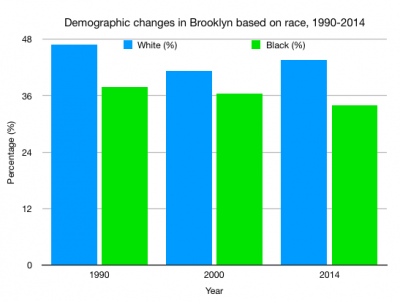Not all energy standards in all countries around the world are the same as the U.S. so it is important to note the different perspectives there are with regard to access to renewable energy. Many developed countries have renewable energy goals in place such as Germany and China but their goals are vastly different than the goals of developing countries such as countries in Africa, whose goals include access to any sort of energy, let alone renewable. For example, as explained in the UN Environmental Guide for Energy Efficiency and Renewable Energy Laws, Ghana’s electricity supply capacity could not keep up with Ghana’s strong economic growth and increased electricity demand in the 1980s and 1990s. Ghana suffered blackouts which negatively affected the country’s economy so since then Ghana implemented the first standards and labelling to help solve the crisis in 2000 and their goal is to use energy more efficiently in a limited sense and renewable energy is not mentioned in the standards. But in China’s case, the country has already surpassed its 2020 solar panel target and is accounting for over 40 percent of the total global clean energy mix by 2022, according to author Rob Smith’s 2018 World Economic Forum study. The global perspective of Goal 7 is different based on different countries’ economic status and geographic location but mostly all countries are conscious and aware of the need to become more energy efficient and to reduce energy consumption overall.
As studied in Project 2: Population Growth, Ecological Footprints and Biocapacity, there is a difference between attempting to decrease energy consumption in a country per capita and decreasing the total energy consumption. The per capita energy consumption is the total energy consumption divided by the population. Globally, the population is increasing at a faster rate than the total energy consumption of the world so there is a decline in the per capita energy consumption. This will result in an overshoot which is when humanity’s demand for energy exceeds the supply of energy sources. However through global initiatives the global community is trying to reverse this overshoot. Some of the global energy initiatives include: the International Energy Agency, which includes 29 countries whose motto is “Secure, Sustainable, Together”; the UN; the Global Energy Initiative whose motto is “Towards a Low-Carbon Century”; and many more. In the New York State alone there is a goal to reach 50 percent renewable energy by 2030 so there is an obvious movement to become more energy efficient and to encourage renewable energy usage to achieve Goal 7 and with the support of all governments, businesses, civil society and the general public the Goal 7 will be achieved.





